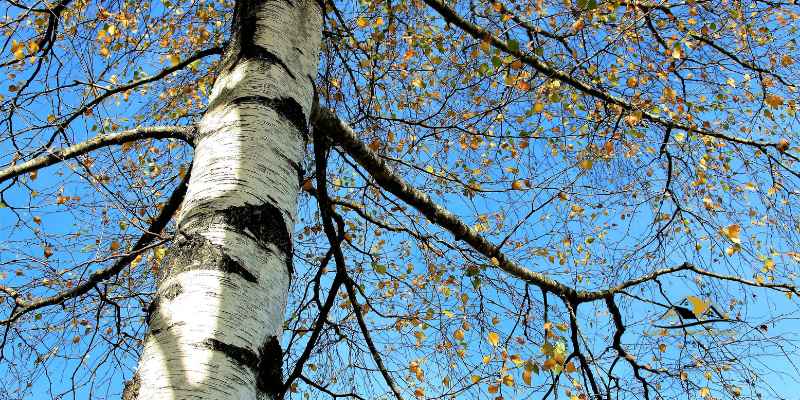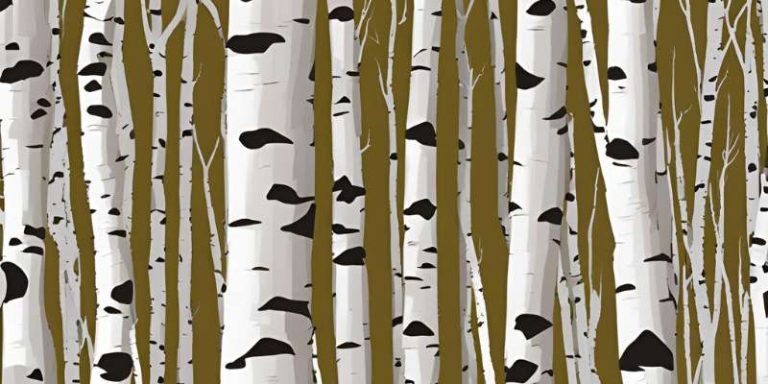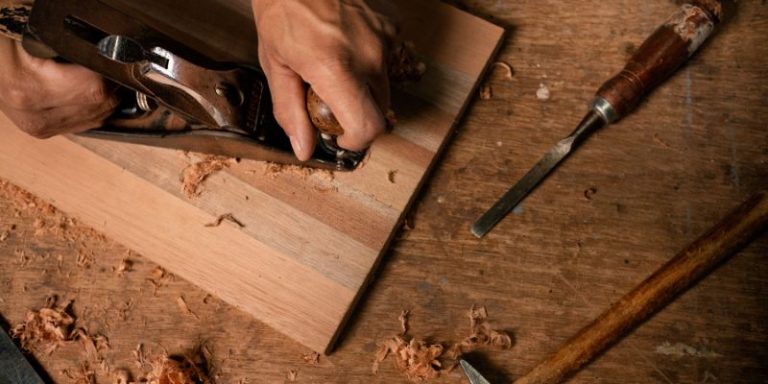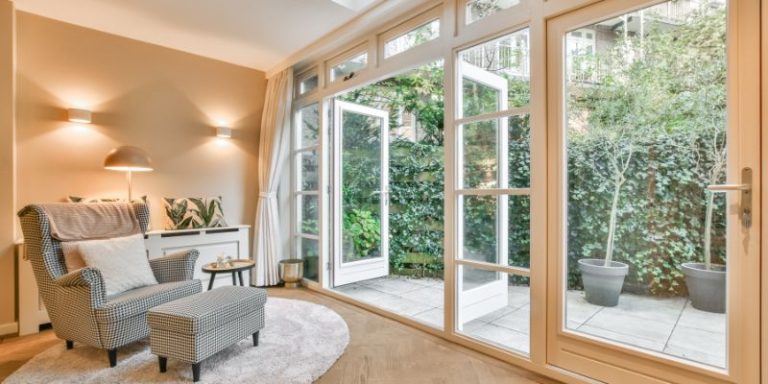Alder Vs Birch: Which Wood Reigns Supreme?
Alder and birch are both hardwood trees, but alder is softer than birch. Alder burns quickly and easily, providing high heat output, while birch has a denser grain and is heavier.
In addition to firewood, alder and birch are also used in various woodworking applications, each offering unique characteristics and aesthetics. Both trees can be identified by their leaves, flowers, and bark, making them distinguishable from one another. However, the decision between alder and birch ultimately depends on the specific requirements and intended use for the wood.
Whether used for fuel, crafting, or construction, understanding the differences between these two hardwoods is essential for making informed choices.
Physical Characteristics
When comparing alder vs birch wood, their physical characteristics play a crucial role in understanding their differences. Let’s delve into the tangible aspects of these wood types and explore their distinctive features.
Comparison Of Red Alder And Birch
Red Alder and Birch, though both hardwoods, exhibit different physical traits. A side-by-side comparison highlights their unique tangential, radial, and transverse features, providing valuable insights for various applications.
Tangential Features
The tangential features of red alder and birch wood refer to the characteristics parallel to the growth rings. Red Alder presents a distinctive luster in its tangential surface, while Birch displays a consistent and smooth texture, providing a different aesthetic appeal.
Radial Features
In terms of radial features, red alder showcases a subtle grain pattern, appearing sleek and uniform. Birch, on the other hand, exhibits prominent grain lines that add a sense of depth and complexity to its appearance, standing out in woodworking and design applications.
Transverse Features
The transverse features of red alder and birch wood elucidate their cross-sectional attributes. Red Alder presents a well-defined and even structure across the transverse plane, while Birch displays a striking contrast with its visually distinct and intricate growth rings.
Identifying Alder And Birch
Identifying Alder and Birch can be done by inspecting various features. Alder trees have sticky and shiny leaves, elongated catkins for flowers, and woody catkins that do not disintegrate like birch. Birch trees, on the other hand, have white sapwood, light reddish brown heartwood, and bark that readily layers into segments.
Identifying Alder Trees
Alder trees, a member of the genus Alnus, can be easily distinguished from similar trees by examining various features:
- Leaves: Young alder tree leaves are sticky to the touch and have a shiny appearance.
- Flowers: Alder trees have elongated catkins instead of blossoms.
Identifying Birch Wood
Birch wood can be identified by its distinctive characteristics:
- Sapwood and Heartwood: Birch wood has a white sapwood and light reddish-brown heartwood.
- Grain and Texture: Birch wood is generally straight-grained with a fine, uniform texture. It often exhibits a plain, curly, or wavy pattern.
- Bark: Birch bark has a tendency to layer into segments, whereas alder bark is smoother and more uniform.

Alder Vs. Birch In Practical Use
When it comes to choosing the right type of wood for practical purposes, understanding the differences between alder and birch is crucial. In this section, we will compare alder and birch in terms of heating and firewood quality, as well as strength and durability.
Heating And Firewood Comparison
Alder is a softer firewood compared to birch, oak, and hornbeam. While it may not burn for as long as these harder firewoods, alder is known for its ease of use and quick lighting. It also produces a high heat output, making it a popular choice for those looking for an efficient and affordable firewood option.
Strength And Durability Evaluation
In terms of strength and durability, birch is known to be stronger than alder. Birch wood is generally straight-grained with a fine, uniform texture and is characterized by a plain, often curly or wavy pattern. On the other hand, alder wood has a more delicate structure, making it less durable in comparison. However, when used in appropriate applications, both types of wood can serve their purposes well.
To identify birch wood, look for a white sapwood and light reddish-brown heartwood. Birch trees also have bark that more readily layers into segments, while alder bark is fairly smooth and uniform. It is important to note that alders have woody catkins that do not disintegrate like birch catkins.
In summary, when it comes to practical use, alder and birch have their respective strengths. Alder is a great option for quick and efficient firewood, while birch offers better strength and durability. Consider your specific needs and applications when choosing between these two types of wood.
Alder And Birch In Nature
Alder and birch trees are prominent features of many natural landscapes. They coexist in various ecosystems, contributing to the diversity and balance of flora and fauna. Understanding their relationship in nature and their unique characteristics is essential in appreciating their ecological significance.
Relationship Between Alder And Birch Trees
Alder and birch trees share similar habitats, often thriving in moist, temperate regions. They are both important components of riparian areas, providing stability to riverbanks and supporting aquatic ecosystems. Additionally, these trees complement each other through their nitrogen-fixing abilities, enriching the soil and benefitting neighboring plant species.
Comparison Of Leaves And Flowers
When comparing the leaves of alder and birch trees, distinct differences are noticeable. Alder leaves are sticky and shiny when young, with a unique texture that sets them apart from the smooth, fine-textured leaves of birch trees. In terms of flowers, alders produce elongated catkins, while birches have catkins that disintegrate more readily. The bark of birch trees also tends to layer into segments, unlike the smoother and uniform bark of alder trees.
Woodworking Applications
When considering woodworking applications, the choice between alder and birch can significantly impact the final product. Each wood species possesses unique qualities, with alder being softer and easier to use, while birch boasts a fine, uniform texture and reddish-brown heartwood.
Both woods offer distinct characteristics for various woodworking projects.
Comparison Of Wood Hardness
Alder is softer than birch, making it more suitable for delicate woodworking projects.
Suitability For Panels And Stains
Alder is ideal for staining due to its smooth texture, while birch is favored for paneling.
Choosing Between Alder And Birch
Alder and Birch are two popular wood choices, each offering unique characteristics that cater to different project needs. When it comes to choosing between the two, it’s essential to consider various factors to ensure the best outcome.
Considerations For Different Projects
- Interior Design: Alder is known for its warm and rich tones, making it a preferred choice for furniture and cabinetry. Birch, on the other hand, with its lighter color palette, is often used in contemporary designs.
- Durability: Alder is softer compared to Birch, which makes it more prone to dents and scratches. For heavy-use projects like flooring, Birch might be a more suitable option due to its durability.
- Cost-Effectiveness: Alder is generally more affordable than Birch, making it a budget-friendly option for projects where cost plays a significant role.
Popular Opinion And Expert Views
According to woodworking experts, Alder and Birch both have their strengths and weaknesses, making them suitable for different applications. However, the final choice often depends on individual preferences and project requirements.
Frequently Asked Questions
Is Birch Better Than Alder?
Alder is softer than birch, burns quicker, but produces high heat output. Birch is lighter, with a straight, fine grain.
Are Alder Trees Related To Birch Trees?
Yes, alder trees and birch trees are related as both belong to the same family, Betulaceae.
How Do I Identify An Alder Tree?
Identifying an alder tree is easy by examining its shiny, sticky leaves and elongated catkin flowers. Alder bark is smooth, and its catkins don’t disintegrate like birch. Alder wood is harder and denser than birch.
How To Identify Birch Wood?
Birch wood can be identified by its white sapwood and light reddish brown heartwood. It has a straight grain with a fine, uniform texture and often has a plain, curly, or wavy pattern.
Conclusion
When choosing between alder and birch, consider your specific needs and preferences. Alder may be softer but is easy to use and burns quickly. On the other hand, birch has a denser grain and may provide better longevity. Understanding these differences will help you make the best decision for your project.







